And should you observe any one of your friends under affliction, would you rather
prescribe him a sturgeon than a treatise of Socrates?
or advise him to listen to the music of a water organ rather than to Plato?
Marcus Tullius Cicero, 106–43 BC
Tusculanae Disputationes, III, 43
The origin of the organ lies in antiquity.
The ancestor of today's church and concert organ is the "water organ" (Hydraulos or Hydraulis). Greek engineer Ktesibios living in the 3rd century BC in Alexandria is regarded as the inventor. The Hydraulos is mentioned in the 1st century BC by the Roman engineer Vitruvius. Popular as a status symbol in the Roman Empire, water organs were also used in theatres and fired up gladiator fights. Even Emperor Nero is said to have "beaten" the organ...
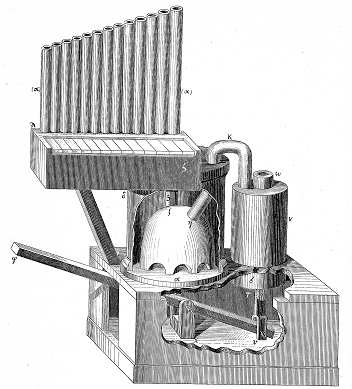
The oldest still playable organs are in Germany in the East Frisian town of Rysum and in Switzerland in the basilica of Valeria, Sion. Built around 1450, the two instruments are only partially original.
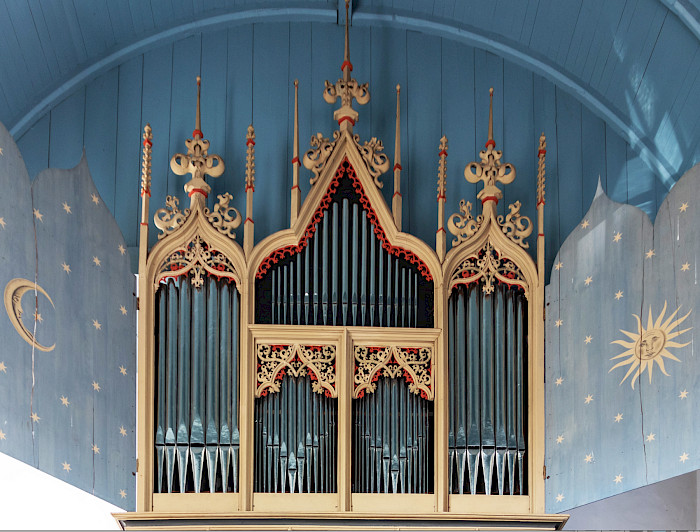

In the Baroque period the organ developed special tonal and visual splendour. Not only do most European countries still boast instruments built between 1650 and around 1800, Latin America also brought grandiose instruments such as the two choir organs in the Cathedral of Mexico City to the Conquista.
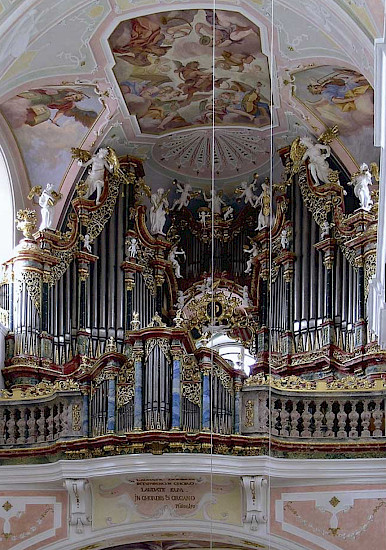

Characteristic of Iberian organ building are the so-called "Spanish trumpets" projecting horizontally.
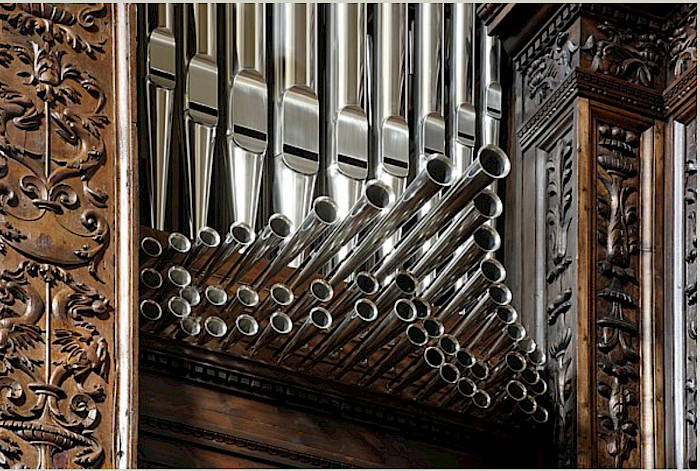
Among the world's largest organs are those built by Walcker (Ludwigsburg) for the 1924 World's Fair in the Palacio Nacional in Barcelona and the 1904 organ in the Wanamaker Department Store in Philadelphia.
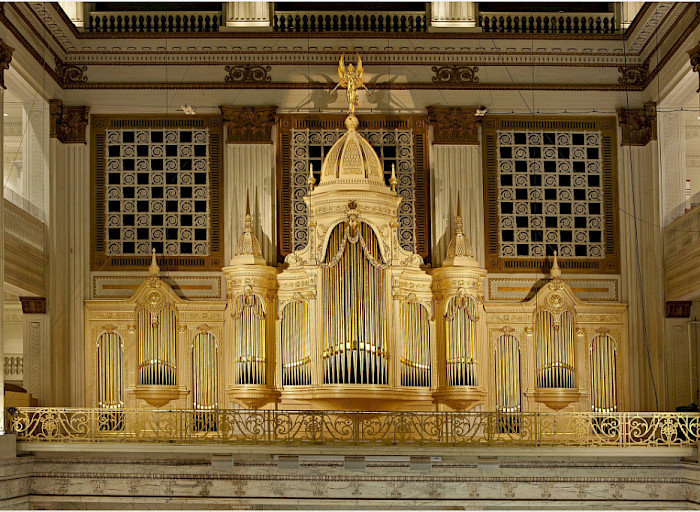

The organs built with mechanical action up to 1863 can generally be described as historic. In that year, Aristide Cavaillé-Coll's French organ building company invented the pneumatic action. Of course, the few extensively preserved instruments by Cavaillé-Coll and many other 19th-century organs and beyond are considered "historic".
Characteristic of the older historic organs of Catholic countries is generally a rudimentary pedalboard. The limited tonal range and the often very short pedal keys exclude the interpretation of most organ compositions by composers such as Dietrich Buxtehude and Johann Sebastian Bach as well as later composers. Today's organ pedals have a range of up to 32 keys.




Not only visually, but also in terms of sound, historic organs differ significantly according to their epoch and their country or region. In contrast to the later industrial organ building, the organ builders were craftsmen whose instruments are characterized by great individuality.
Whether it's a single manual chamber organ or a giant seven-manual organ: in terms of diversity, shape, sound and technical possibilities, in the realm of instruments the organ really is the queen.
Generally speaking, it can be said that the organ in Catholic countries was mainly used for the liturgy, which meant the composition of mostly short pieces. Only during the offertory, the time when the collection was brought in, was the organist allowed to shine with a longer piece. He had good reason to envy the organists of the Protestant north, whose virtuosity with the multi-part preludes of a Bruhns or Buxtehude up to the monumental organ works of Bach was hardly subject to any limits.